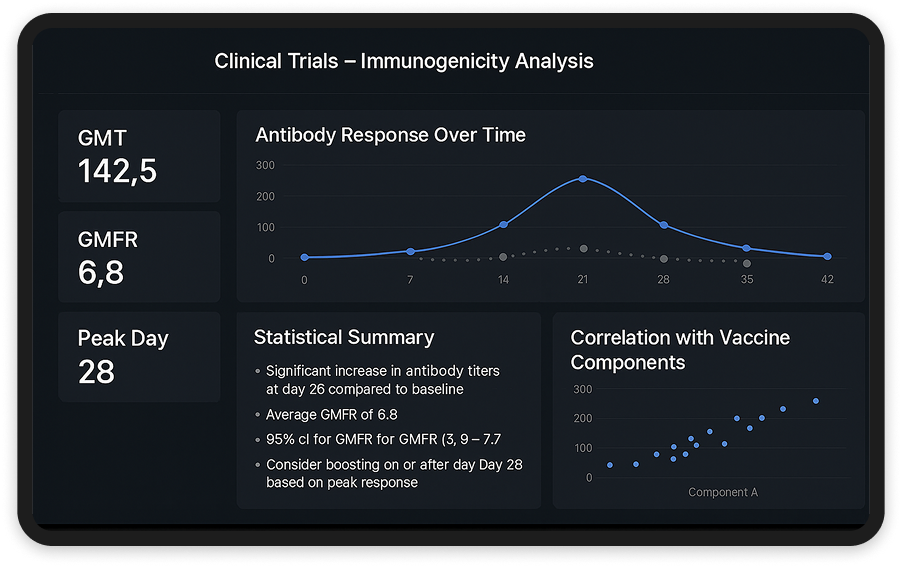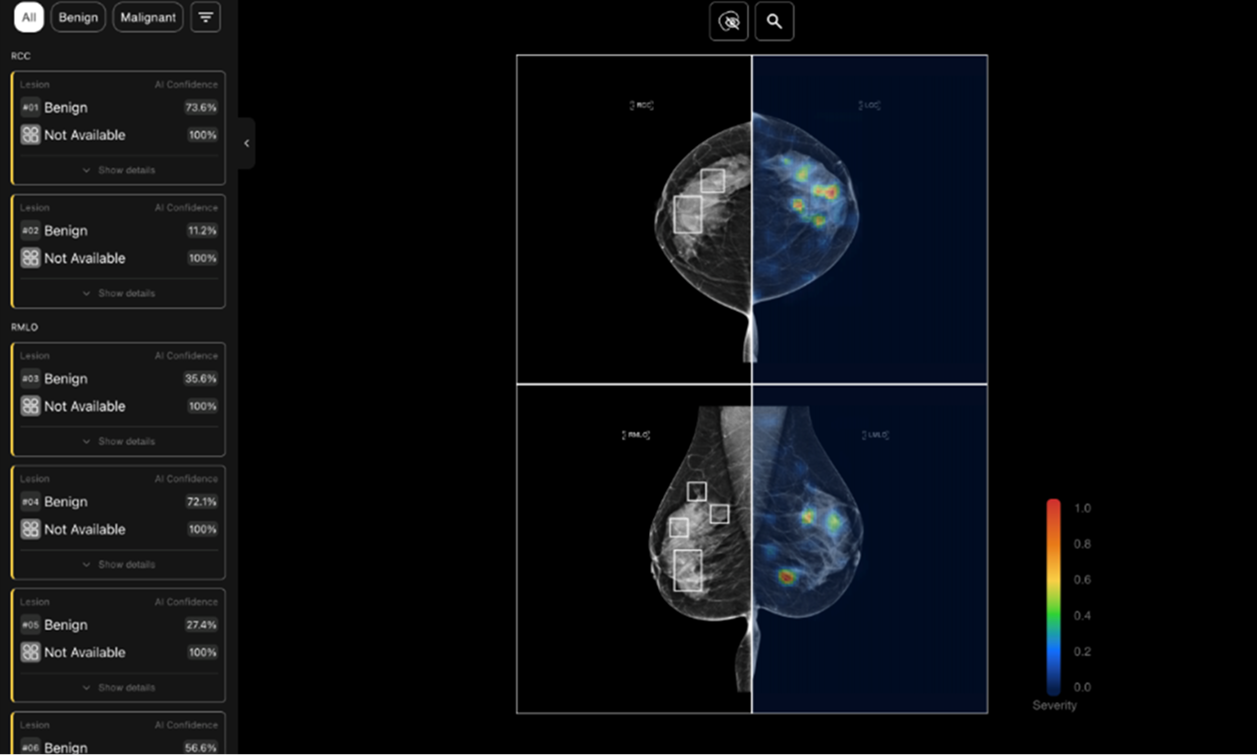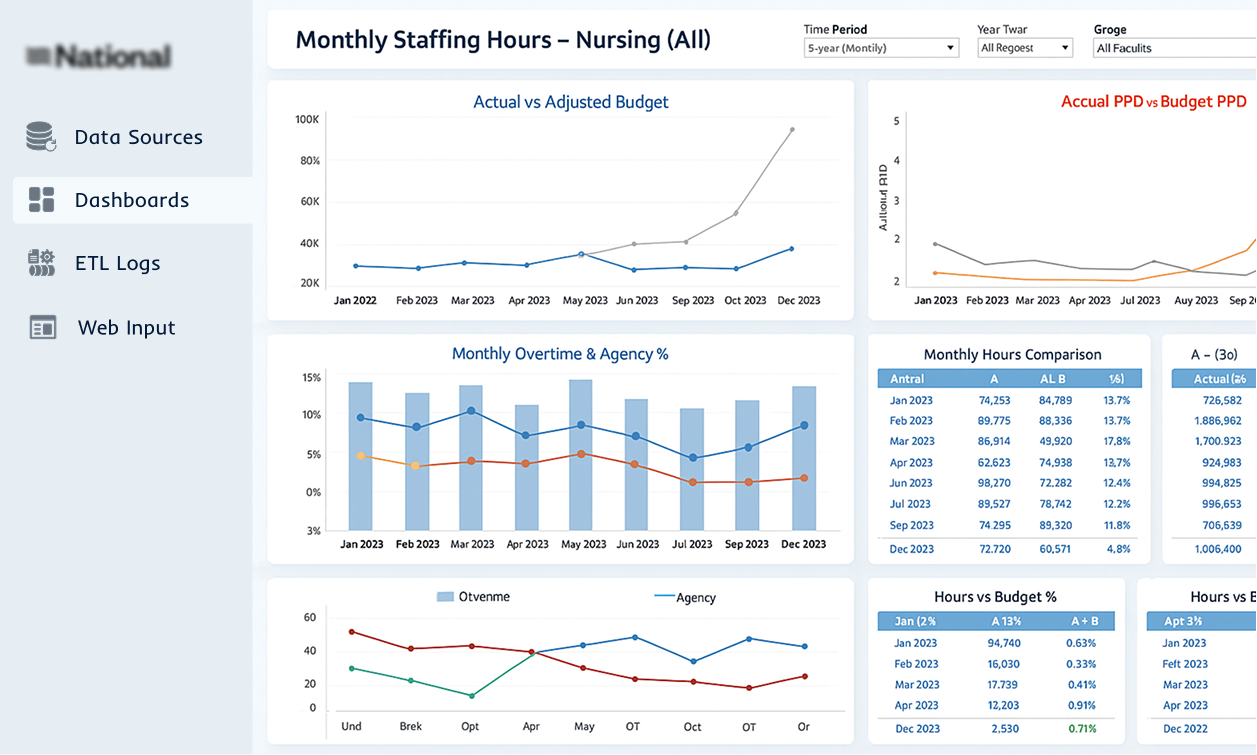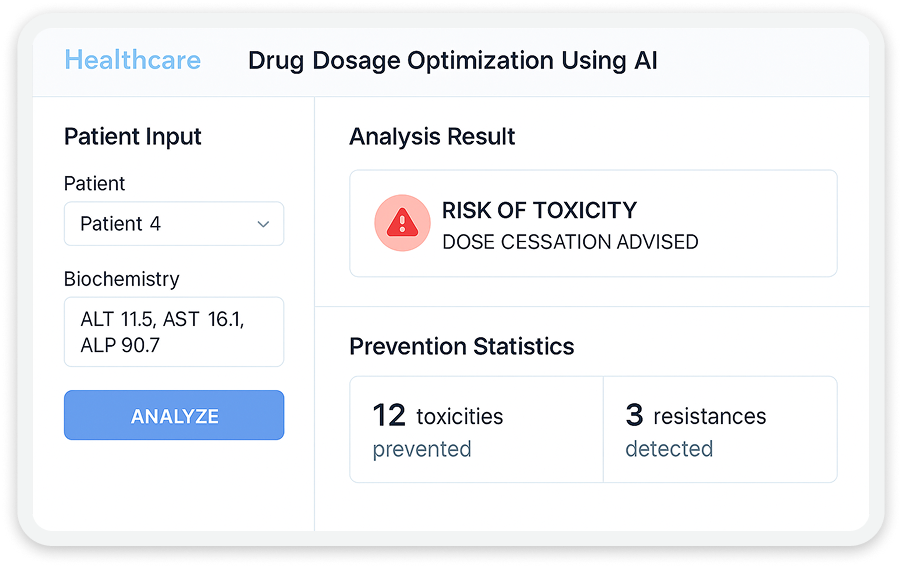This study proposes a hybrid ensemble learning model designed to improve medical diagnostic tools, particularly for small data tasks. It combines a Naive Bayesian classifier and an SGTM neural-like structure in a cascading method to enhance both accuracy and interpretability. The model is applied to medical classification tasks and validated across three different datasets from various fields of medicine. The approach aims to address the challenges of small datasets while providing a more explainable AI model, which is essential for the practical adoption of machine learning in healthcare.
Takeaways:
- The hybrid ensemble method improves the accuracy, training time, and interpretability of medical diagnostic models, especially with small datasets.
- The use of cascading models, combining a Naive Bayesian classifier and SGTM structure, allows for better performance and efficiency.
- Interpretability is a major strength of the model, ensuring that the results are explainable in polynomial form, which is crucial for medical practitioners’ trust in AI systems.
- The method’s applicability across different medical domains demonstrates its versatility and potential for widespread use in healthcare.
- The model has been shown to improve accuracy, speed, and interpretability when compared to other methods, which is essential for real-world clinical settings.





